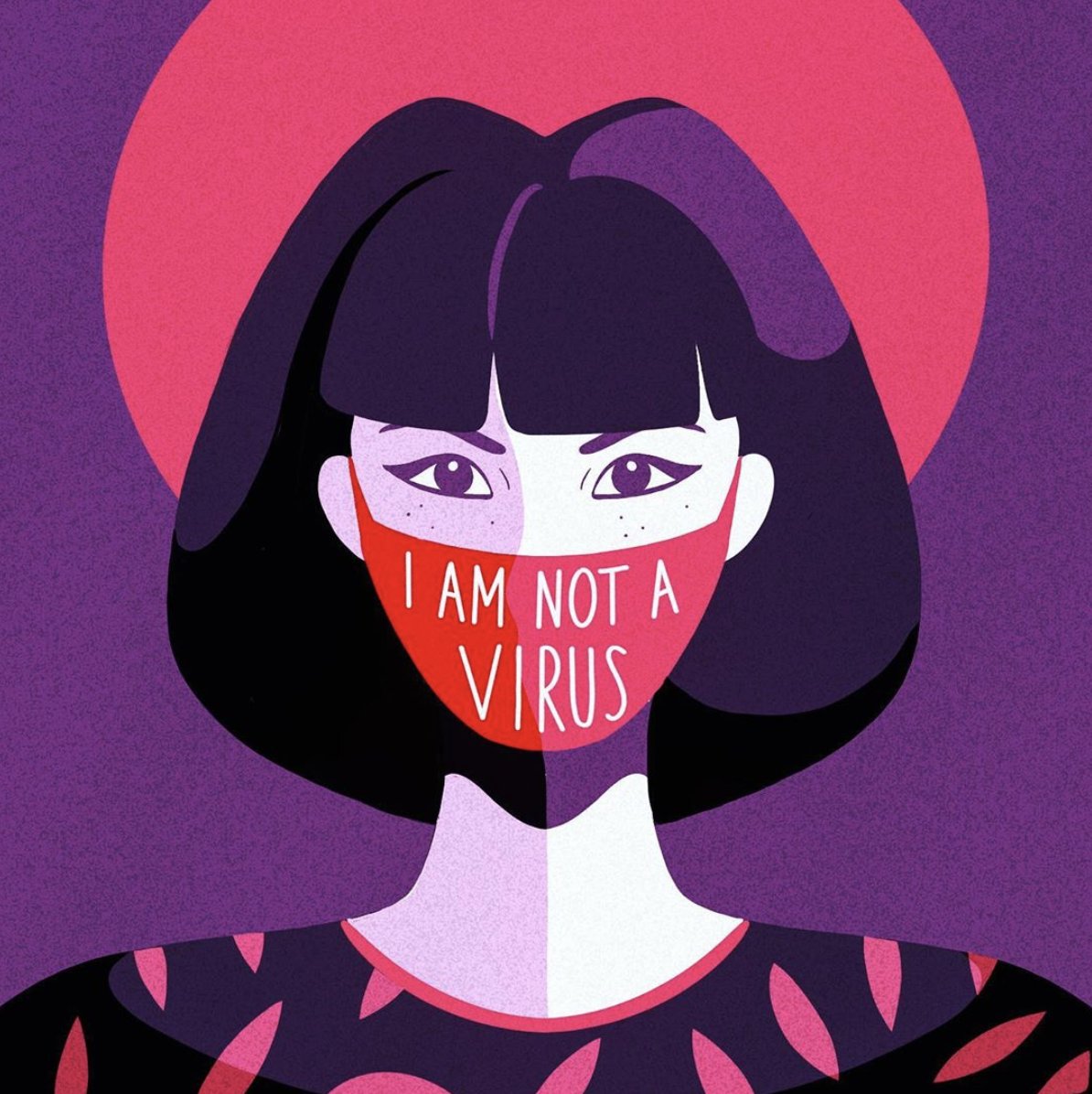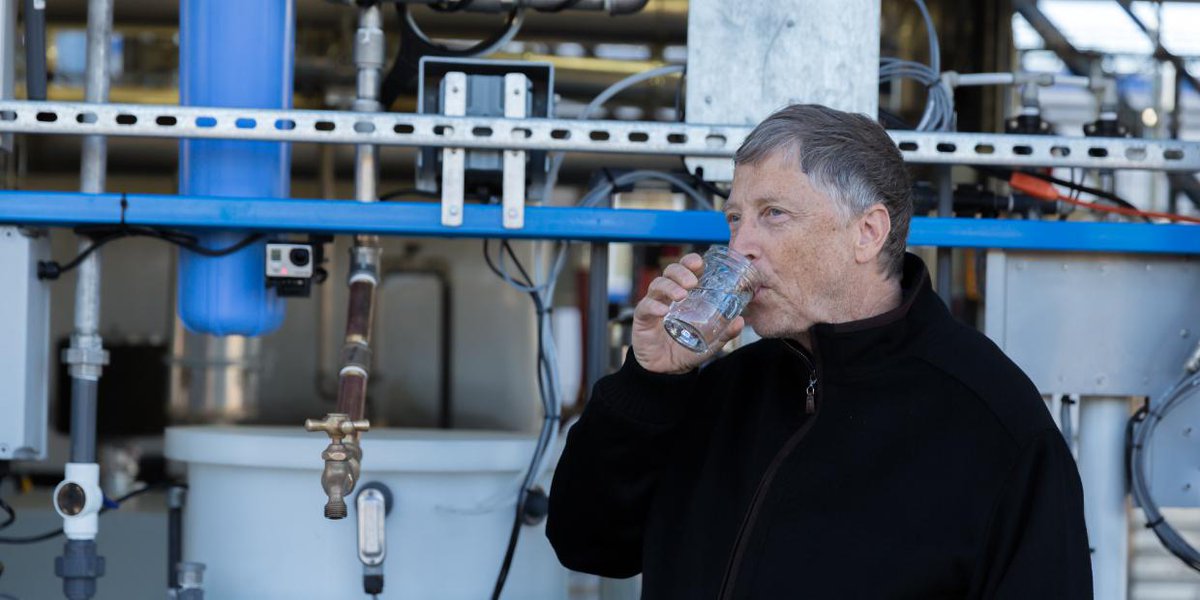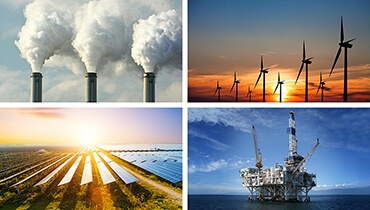As an Asian American living in the United States, I am continually exposed to the Asian community whether I want to or not. Through social media, group chats, and my worried parents I noticed that during the COVID-19 pandemic where everyone is fighting against the terribly contagious virus, Asian Americans are simultaneously fighting another battle: xenophobia and hate crimes.
Subtle racism against Chinese and Asian people was something I was already accustomed to during the beginning stages of the pandemic. Trump blaming China by calling COVID-19 the “Chinese Virus” and social media memes of Chinese people eating bats were frequently displayed in front of me. To be frank, I thought those memes were pretty funny and so did a lot of my Asian-American friends.
It wasn’t until a 2 year old and 6 years old were stabbed in a Sam’s Club for being Chinese and “spreading the virus”. It wasn’t until an Asian woman was assaulted by a group of men on a train for coughing. It wasn’t until a group of teenagers attacked a 59-year-old man accusing him of being “Chinese”. It wasn’t until my parents told me to wear a hat and sunglasses in addition to my mask when going to the market so that people won’t recognize me as an Asian, that my friends and I realized “wow crap. This stuff is real.”
The unfortunate truth is that people are too occupied right now to worry about “injustice”. Government officials are busy preparing for the economic disaster caused by the lockdown. Police officers are too busy managing the increasing mass of infected individuals flooding out of hospitals. Citizens are too busy protecting themselves and their loved ones from the reach of the contagion. No one cares about the little Asian girl who got murdered on the streets for “spreading the virus”. We’ll worry about that after we manage this pandemic.
To address this issue Asian artists in France have started posting art on Instagram with the hashtag #JeNeSuisPasUnVirus. In America, activists are using #IAmNotAVirus.

This artwork by Madame Marilou, a french illustrator is a rhetorical artifact of the activist campaign to stop hate crimes relating to the coronavirus. There are two audiences for this artifact. One is the perpetrators of hate crimes and the other are Asian-Americans who could possibly become victims of hate crimes.
The interesting thing about this activist campaign is that their real objective is not to educate and aggravators and prevent them from committing hate crimes. This can be deduced by the fact that the woman in the graphic is wearing a mask and portrayed in dark and ominous color tones. The mix of purple, black, red, and white gives off a sinister mood while the mask itself is not a medical mask that patients wear but modeled after a mask used for fashion by Asian celebrities. Another thing to note is that in the western world masks are often associated with criminals. In popular media and news outlets, bank robbers and crime organization members, and most importantly terrorists are portrayed wearing masks to hide their identity.
Additionally, wearing masks is not normalized in the United States as it is in the eastern world. Wearing a mask without being sick, or even being sick is described as “international” by the more open-minded university students, and others describe it as something entirely “foreign”.
The stylish mask colored in red also indicates the target audience to be Asians and Asian Americans because contrary to the dark and unnatural perception of wearing masks in western society, Asians and Asian Americans accustomed to eastern society have rather positive perceptions of masks. Kpop idols and movie stars in Asia wearing masks are known as “airport fashion” and ordinary citizens also use stylish masks in public to filter through the bad air quality prevalent in megacities.
The reason this campaign is targeting Asian-Americans is that a majority of us didn’t take this so-called racism seriously and a lot of us are not even aware that it is happening. News outlets are always saturated with worldwide corona news and the only way Asian-Americans get exposed to this rising xenophobia is through niche internet forums without a lot of exposure. Andrew Yang, a former presidential candidate and a popular figure in the Asian-American community faced harsh backlash when he ignorantly told Asian Americans to respond to hate crimes by showing our “American-ness” through patriotism and American pride (I originally wanted to analyze his speech, but it is part of the problem).
These posts that are trending on social media tell Asian-Americans that hate crimes are real, they exist, and even if we wear masks like the girl in the graphic and tell the world “we are not a virus” some will view us negatively and hate crimes will continue to happen. Don’t accept it and embrace it trying to be “the better man”, protect yourself and your family.
I personally did not experience any racism yet, but through these social media posts and the discussions that happened in the comment sections, I learned to be aware of this problem and protect myself. That is the real goal of this campaign, not to educate, change, or fix the problem, but to protect future victims through informative caution.
https://abcnews.go.com/US/andrew-yang-faces-backlash-asian-american-community-op/story?id=69961672
https://www.bbc.com/news/world-europe-51294305
https://www.kqed.org/arts/13877013/artists-fight-coronavirus-related-racism-on-instagram



